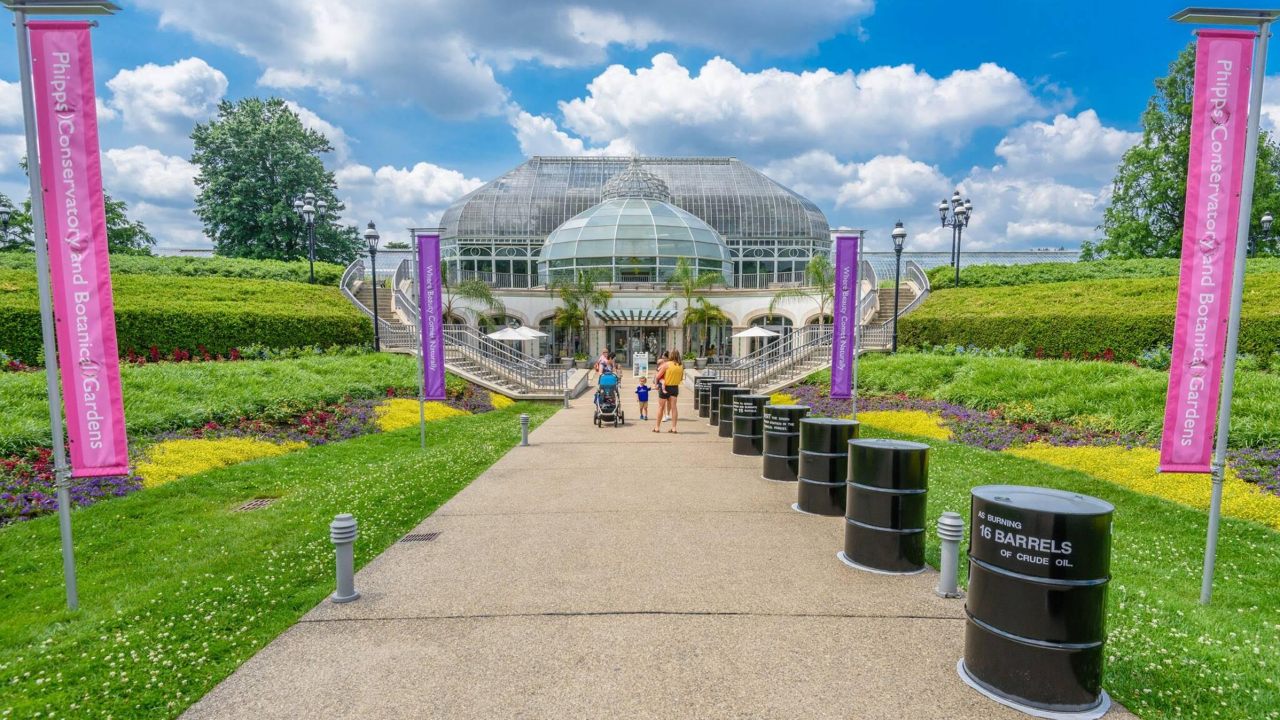
Sarah Sutton is principal of Sustainable Museums, a museum consultancy. She is also a member of the PIC-Green Professional Network.

The very day President Donald Trump announced that the United States would not sign on to the Paris climate accord, the New York Times reported that “30 mayors, three governors, more than 80 university presidents and more than 100 businesses were preparing to submit a plan to the United Nations pledging to meet the United States’ greenhouse gas emissions targets under the Paris climate accord.” The We Are Still In website provides a space to for companies, investors, mayors, governors, colleges and universities to pledge their support
The campaign has been spearheaded by former mayor of New York City Michael Bloomberg, who is also the United Nations Secretary-General’s Special Envoy for Cities and Climate Change. Additionally, Bloomberg Philanthropies, in partnership with others, has pledged to make up the approximately $15 million in funding that the U.N.’s Climate Secretariat stands to lose from Washington.
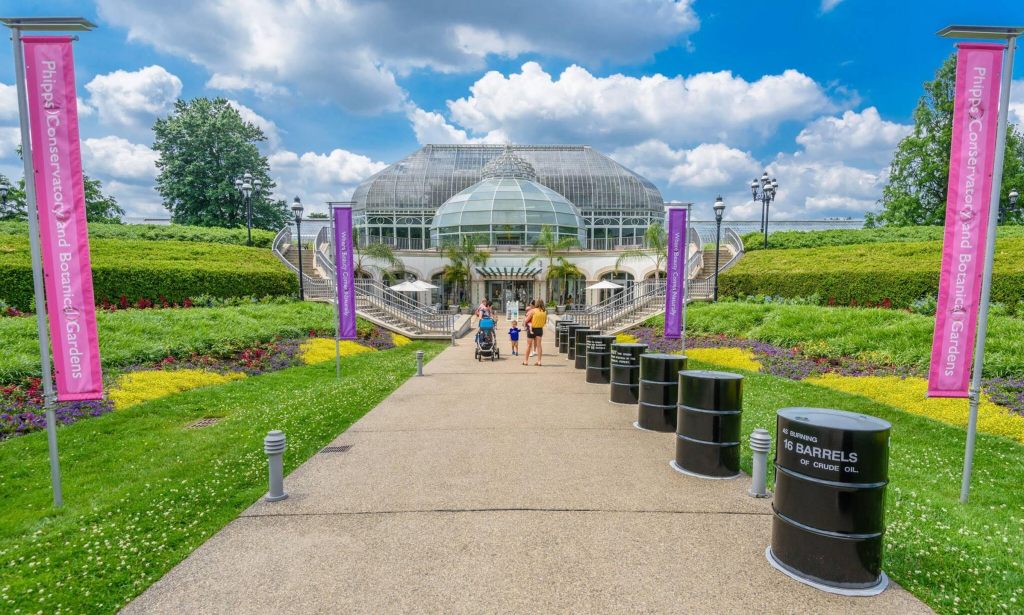
As an environmental sustainability and climate change consultant to museums, zoos, gardens, aquariums, and historic sites, I understand and feel strongly about how museums could have an impact by following the lead of Bloomberg’s efforts to build a ground up commitment to sustainability values.
While the Bloomberg’s We Are Still In site doesn’t have a specific category for museums signing on (yet!), museums, zoos, aquariums, and sites are taking a stand using the #museumsforparis tag on Twitter. @climateinteractive is including signers in its map of supporters, so let me know (sarah@sustainablemuseums.net or @greenmuseum) and let @bethsawin know, and you’ll be part of our growing list.
Because you may have questions about what museums can do to support this, and where your museum fits in, I have some recommendations:
What do museums have to do with environment?
There are more than 30,000 museums, zoo, aquariums, gardens, and historic sites in the US. Operationally, these organizations consume a good deal of resources in caring for and displaying collections; the carbon produced contributes to a changing climate around the globe. These institutions also have a charitable and educational responsibility to the communities they serve and inhabit. This commitment to service and to preserving culture while silently contributing to long-term damage that threatens their own existence and especially affects the future of generations of living things.
Why should museums commit to climate sustainability?
“Museums hold in one body the diverse physical and intellectual resources, abilities, creativity, freedom, and authority to foster the changes the world needs most.”[i] Museums, zoos, gardens, aquariums and historic sites are uniquely positioned to leverage significant support for their cities’ and states’ contributions to the Paris Agreement goals. Their documented position of trust from the American public positions them as ideal bridges between governance and the public for input and implementation on green initiatives.[ii] [iii]
The United States identified its goal as reducing its emissions by 26-28% below 2005 levels by 2025, and to make best efforts to reduce by 28%. The 30,000+ US museums and related organizations can contribute to collective US carbon reduction goals in two ways:
First, enter past and future energy-use records in EnergyStar’s Portfolio Manager. The program gives you a carbon baseline to compare to, and a progress report to build on.
Next, document your carbon cuts resulting from
- reduced energy use sourced from carbon-producing oil, natural gas, and coal
- generating clean renewable energy for themselves and their communities
- significantly reducing water consumption and treatment
Meanwhile, engage the thousands of communities, and millions of individuals you serve in this effort by helping the public explore and discover ways to reduce individual and collective impact on the environment.
Your education programs can
- Raise awareness, build knowledge, teach skills, and enable action to move individuals along the sustainability spectrum
- Provide or support active engagement opportunities that help the public transform personal interests into collective community commitment, such as at Phipps Conservatory & Botanical Gardens and Peggy Notebaert Nature Museum
- Foster community discussions that help communities craft better carbon-reducing approaches for energy, water, waste, and infrastructure
Best of all, you can collaborate to multiply the change:
- Create a shared green energy, stormwater management, or waste planning project to maximize results like at the Seattle Aquarium.
- Help the city understands how museums can help meet regional goals, whether as a model site, a 2030 District partner, or as an engagement venue with the public, like The Michigan Science Center and The Wright Museum of African American History in Detroit. Eighty percent of the US population lives in cities; museums are the public’s most trusted resource – more than governments, more than NPR, more other media outlets
- Support the movement to #divest, and work with investment committees to withdraw direct and implied support for carbon-producing energy sources
Who’s doing it so far?
So far, through email and Twitter exchanges I have confirmed support of the Paris Agreement from California Academy of Sciences, Detroit Zoological Society, Monterey Bay Aquarium, The Phipps Conservatory and Botanical Gardens, Michigan Science Center, The Charles H. Wright Museum of African American History and Living Computers Museum+Labs. They can demonstrate significant reductions given their green progress from the 2005 baseline, and they have committed to do more themselves and with their communities.
How do museums, zoos, gardens, aquariums, and historic sites sign on?
- State your support for #museumsforparis on social media
- Contact me @greenmuseum and Climate Interactive at @bethsawin to be sure you are included in the list
- Help your community and your peers by sharing or creating your mission-specific plan to reach your own goals for carbon reduction.
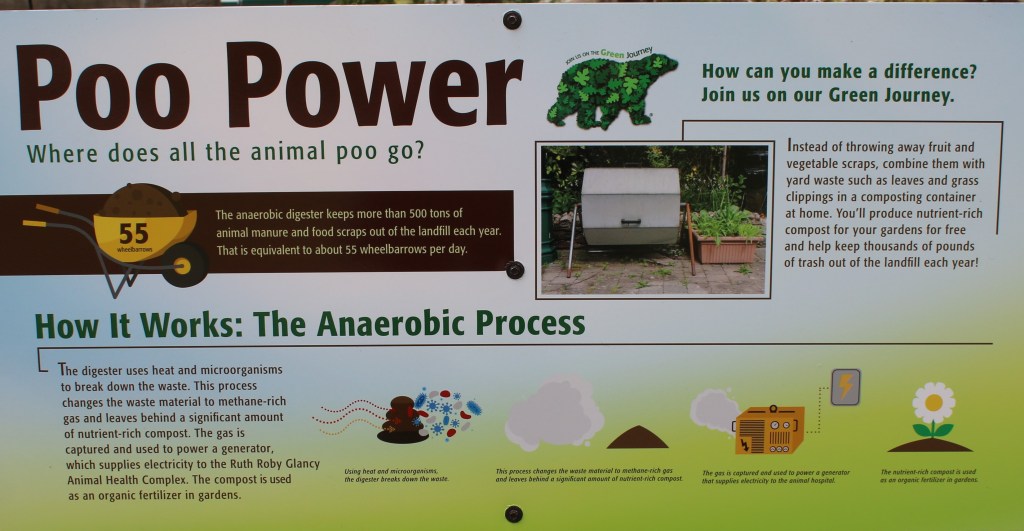
About the Author
Sarah Sutton and her team consult with museums, zoos, gardens, and historic sites worldwide on environmental sustainability and climate change response strategies. Sarah emphasizes collaboration among institutions, and partnerships with urban leadership for scaled effect. She writes about the special role of these organizations in improving the environment for the health and benefit of all. She is a founding member of PIC-Green, and co-author of The Green Museum and author of Environmental Sustainability at Historic Sites. You can reach Sarah at sarah@sustainablemuseums.net
[i] Sarah W. Sutton, Elizabeth Wylie, Beka Economopolous, Carter O’Brien, Stephanie Shapiro, and Shengyin Xu, “Museums and the Future of a Healthy World: Just, Verdant and Peaceful”, Curator: The Museum Journal, http://onlinelibrary.wiley.com/doi/10.1111/cura.12200/full#references, Accessed 7/7/2017.
[ii] “Museums and Trust,” Monthly Memo 1, no. 8, June 2015
[iii] http://colleendilen.com/2017/04/26/people-trust-museums-more-than-newspapers-here-is-why-that-matters-right-now-data/) Accessed 6/11/2017




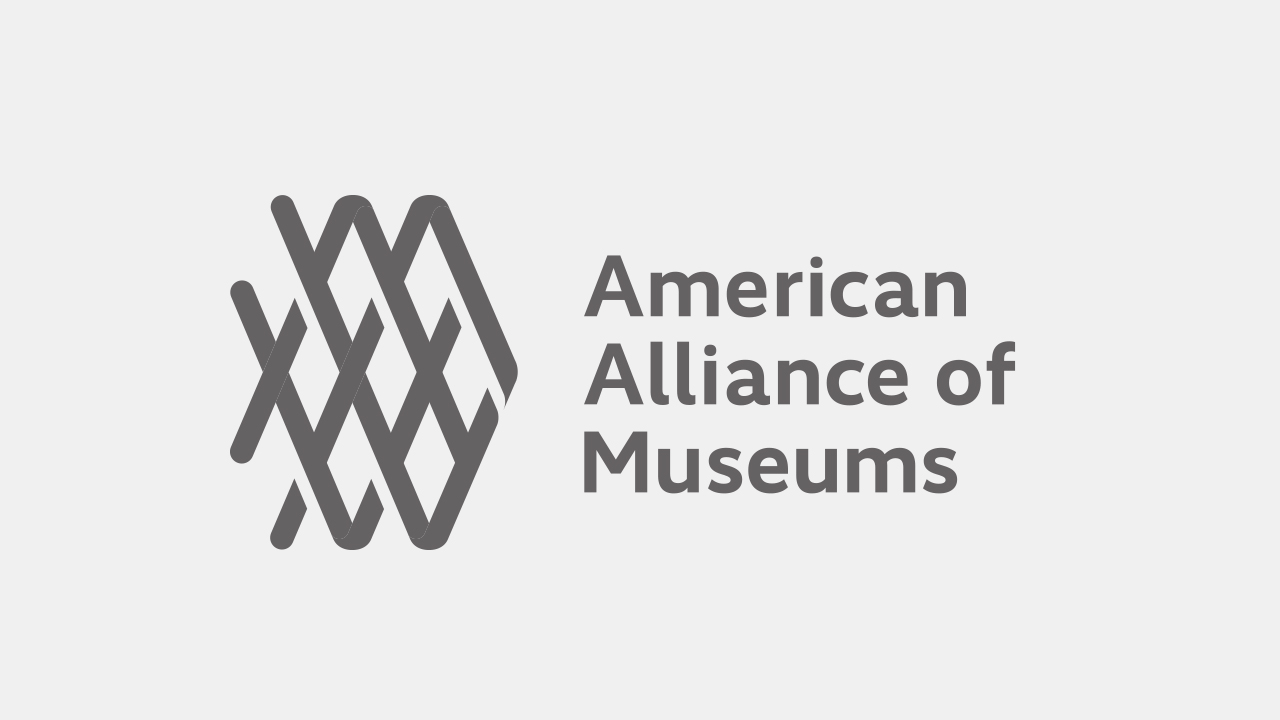
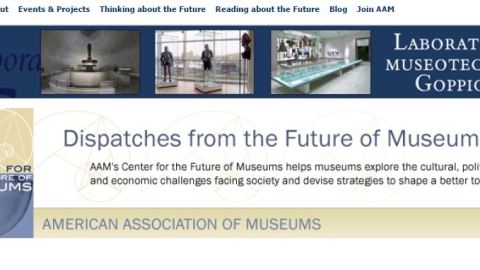
Will any donation I make support this or any political view from Phipps?